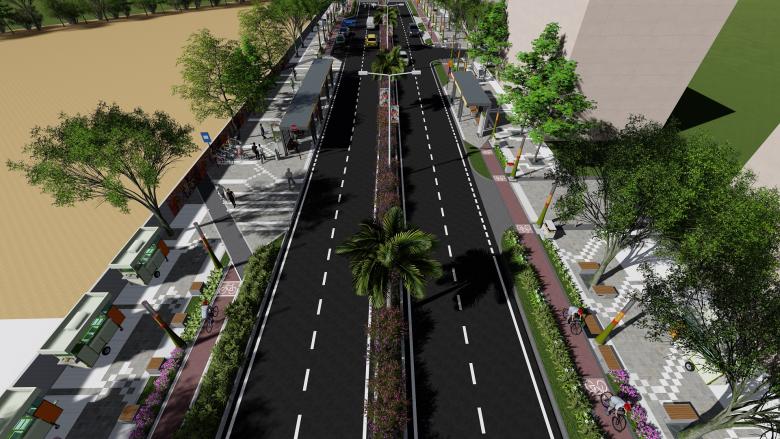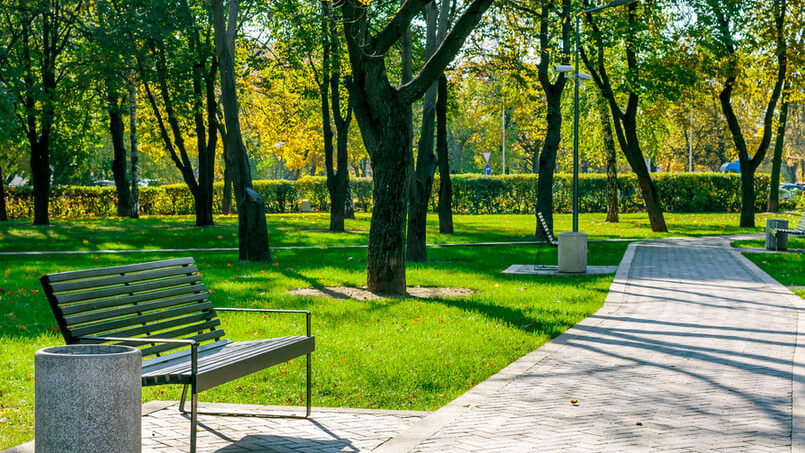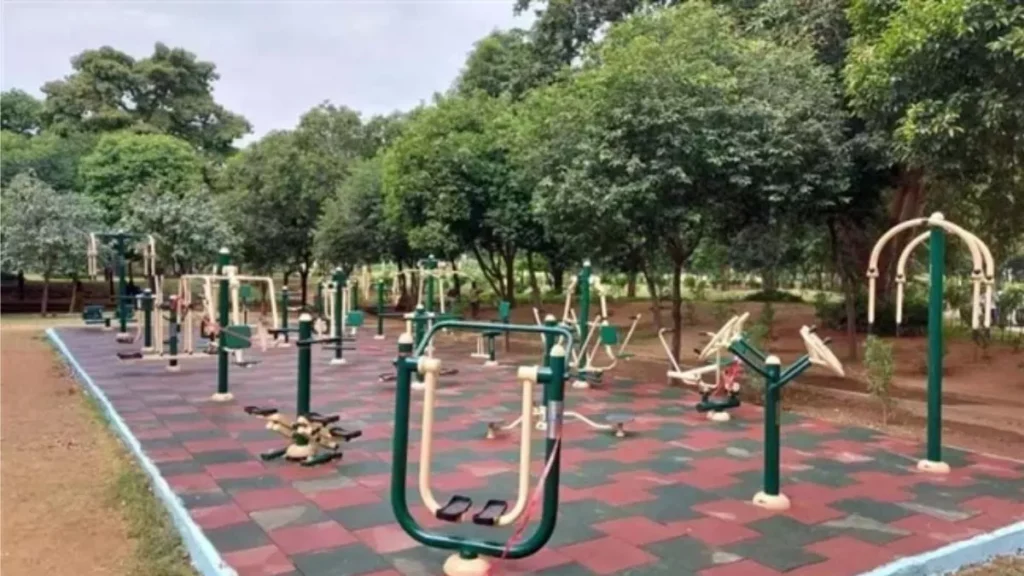Redesigning Indian cities requires a holistic approach that addresses various aspects of urban development, including infrastructure, transportation, housing, environment, and social equity. Here are some key strategies for redesigning Indian cities:
1. Simplifying traffic system:
- Mixed-Use Zoning: Encourage mixed-use developments that blend residential, commercial, and recreational spaces, reducing the need for long commutes and fostering vibrant communities.
- Install Traffic lights: traffic lights are efficient and an automated system that regulates traffic approaches at busy intersections.
- Widen Pathways: Widening road pavements with median in between road section separates traffic from both ways eliminating chances of undue congestions.
- Walkability and Connectivity: Design pedestrian-friendly streets with wide sidewalks, bike lanes, and green spaces, promoting active transportation and social interaction.
- Transit-Oriented Development: Prioritize public transportation infrastructure and create transit-oriented developments around major transit hubs, reducing traffic congestion and promoting sustainable living.
- Restricted traffic use: Narrow and poorly designed streets with congested traffic streams due to plying hawkers and commercial shops should be allowed traffic in controlled access.


2. Integrated Waste management:
- Waste Assessment and Characterization: Characterize the waste stream to identify recyclable materials, organic waste, hazardous waste, and other components, which will inform waste management strategies and infrastructure requirements.
- Source Segregation and Collection: A robust waste collection system, including door-to-door collection, community bins, and segregation centers, to ensure efficient collection and transport of segregated waste to treatment facilities.
- Treatment and Resource Recovery: A centralized waste treatment facilities, such as composting plants, biogas plants, and material recovery facilities (MRFs), to process organic waste, recyclables, and other valuable materials locally.
- Landfill Management and Closure: sustainable landfill management practices, including engineered landfill designs, leachate treatment systems, and methane capture and utilization, to mitigate environmental impacts and ensure compliance with regulatory standards.
- Public Awareness and Education: Campaigns and educational programs to promote waste reduction, source segregation, and responsible waste management practices among residents, businesses, schools, and community groups.
3. Efficient Drainage system:
- Upgrade Sewage Infrastructure: Improve existing sewage networks with minimize leaks, blockages, and system failures. Implement a wholesome sewage interception and diversion planning to capture and treat sewage from informal settlements and unsewered areas.
- Promote On-Site Wastewater Treatment: Promote the use of on-site wastewater treatment systems, such as septic tanks, bio-digesters, and decentralized wastewater treatment plants (DWTPs), in areas where centralized sewage infrastructure is unavailable or cost-prohibitive.
- Enhance Industrial Effluent Management: Enforce strict regulations and standards for the treatment and disposal of industrial effluents to prevent pollution of water bodies and safeguard public health.
4. Cultural Preservation and Heritage Conservation:
- Historic Preservation: Protect and restore historic buildings, landmarks, and neighborhoods, preserving the city’s cultural identity and sense of place.
- Public Art and Cultural Spaces: Integrate public art installations, sculptures, and cultural institutions into urban landscapes, fostering creativity and community engagement.
- Street Festivals and Events: Organize cultural festivals, street markets, and art exhibitions to celebrate diversity, promote social cohesion, and support local artists and businesses.
5. Creation of Green Spaces:
- Green Spaces and Parks: Increase access to parks, green corridors, and urban forests, providing residents with spaces for recreation, relaxation, and biodiversity conservation.
- Urban Greening: Expand urban green spaces, promote tree planting initiatives, and enhance urban biodiversity to improve air quality, regulate temperatures, and enhance resilience to extreme weather events.





